The Beginning
In December 2019, a new virus emerged in the city of Wuhan, China. This virus, later named SARS-CoV-2, caused a disease called COVID-19. It started as a cluster of pneumonia cases but soon spread rapidly. By January 2020, the virus had reached other countries, marking the beginning of a global pandemic.

Image: The Huanan Seafood Wholesale Market in Wuhan, where the first cases were reported.
The Rapid Spread
COVID-19 spread quickly across the globe. By March 2020, the World Health Organization (WHO) declared it a pandemic. Countries began implementing lockdowns, travel restrictions, and quarantine measures to curb the spread of the virus.
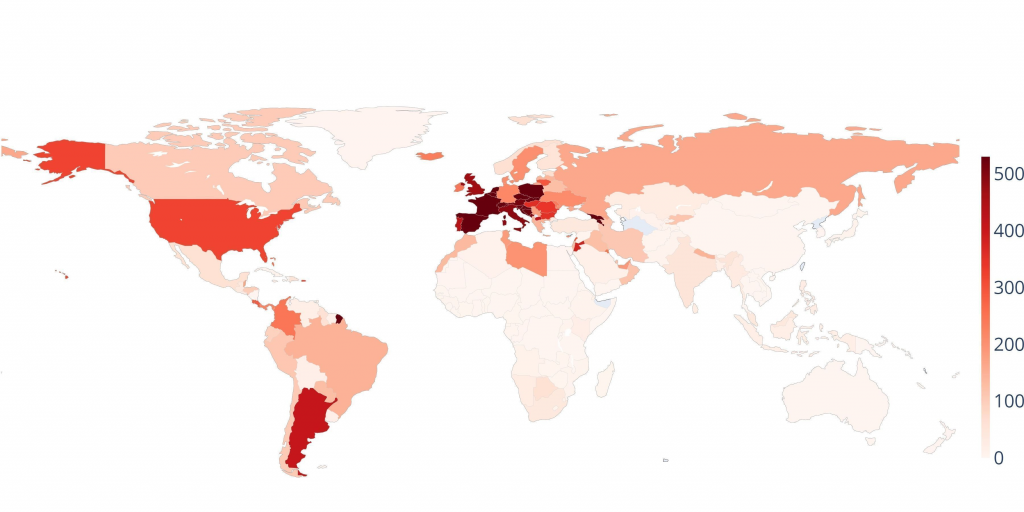
Image: A map showing the rapid global spread of COVID-19.
Lockdowns and Social Distancing
Governments worldwide enforced lockdowns, closing schools, businesses, and public spaces. People were advised to stay home, maintain social distancing, and wear masks. This drastically changed daily life and brought unprecedented challenges.
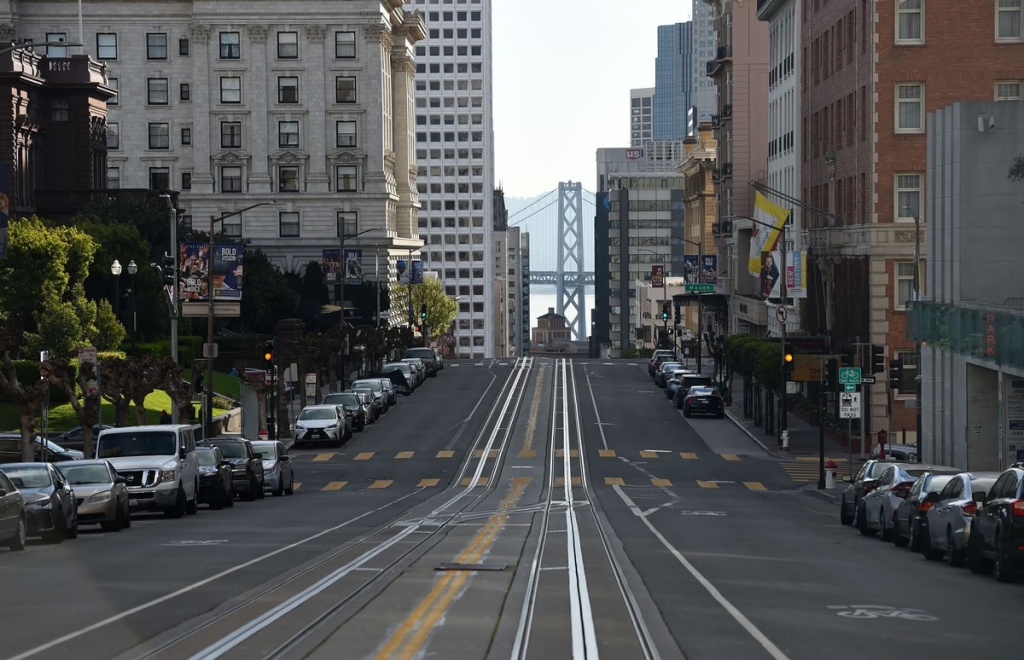
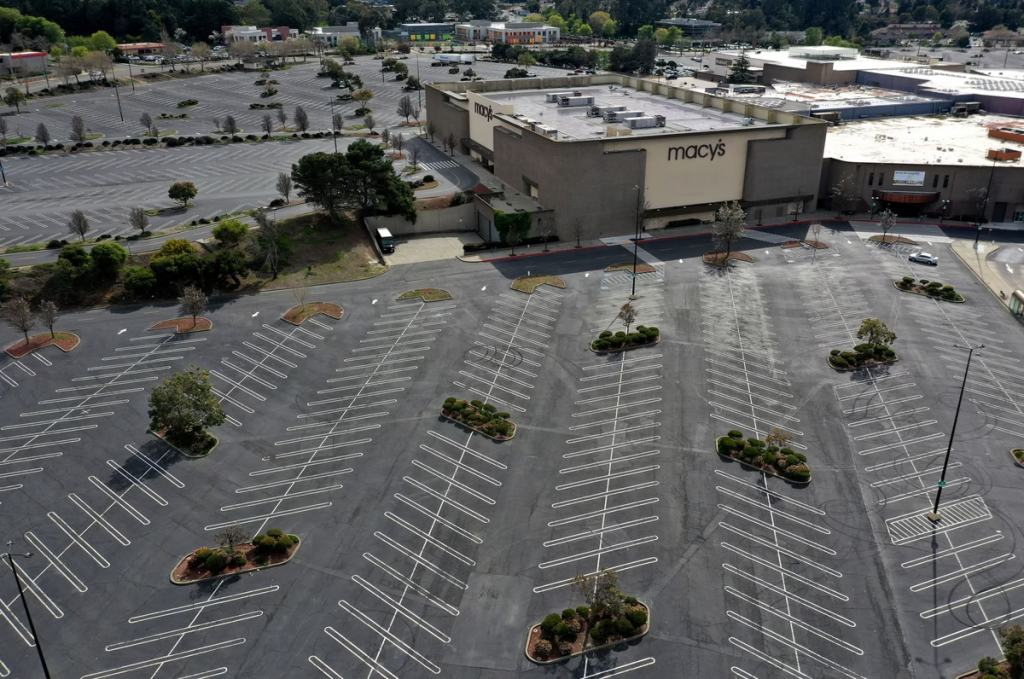
Image: Empty streets during lockdown in major cities across the world.
The Impact on Healthcare
Healthcare systems were overwhelmed as hospitals filled with COVID-19 patients. Medical professionals worked tirelessly, often facing shortages of personal protective equipment (PPE). Many countries built temporary hospitals and ramped up testing and contact tracing efforts.
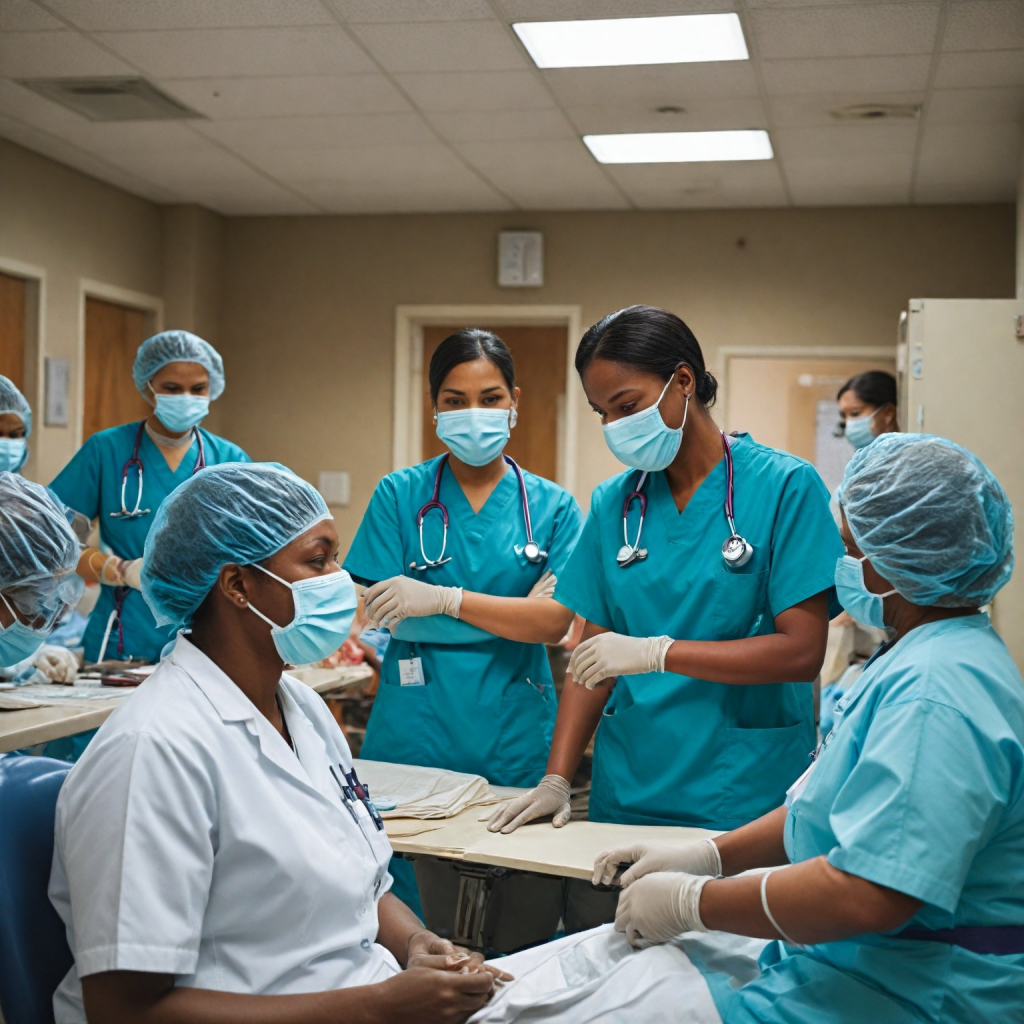
Image: Healthcare workers on the frontlines battling COVID-19.
Economic and Social Effects
The pandemic caused significant economic disruption. Many people lost their jobs, and businesses struggled to survive. Governments provided financial aid and support packages to help individuals and companies.
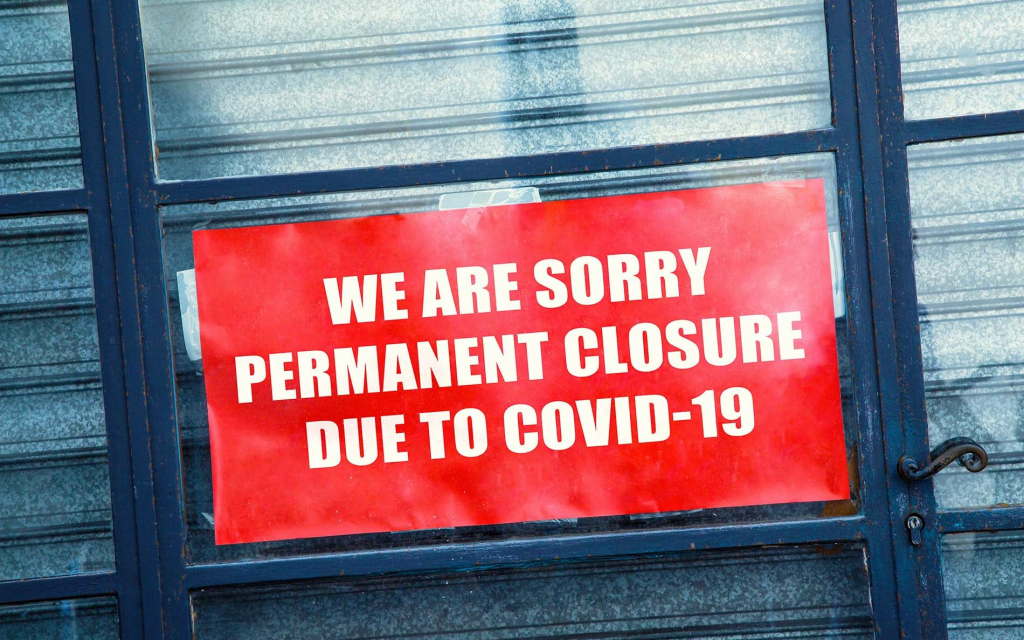
Image: A closed business with a sign indicating economic hardship.
The Search for a Vaccine
Scientists and pharmaceutical companies around the world raced to develop a vaccine. In December 2020, the first vaccines were approved and rolled out, bringing hope that the pandemic could be controlled.

Image: Researchers working on COVID-19 vaccine development.
Resilience and Unity
Despite the hardships, communities came together to support one another. Acts of kindness and solidarity emerged, reminding everyone of the strength in unity.


Image: Community members delivering groceries to those in need during lockdown.
Lessons Learned
The COVID-19 pandemic highlighted the importance of global cooperation, robust healthcare systems, and preparedness for future outbreaks. It also underscored the need for accurate information and the role of science in addressing global health challenges.

Image: Global leaders discussing coordinated efforts to combat the pandemic.
Moving Forward
As vaccination rates increased and new treatments were developed, the world began to recover. While the pandemic’s impact will be felt for years, the resilience and innovation displayed during this crisis will guide future responses to global health emergencies.

Image: People celebrating the lifting of lockdown measures and looking forward to a brighter future.




